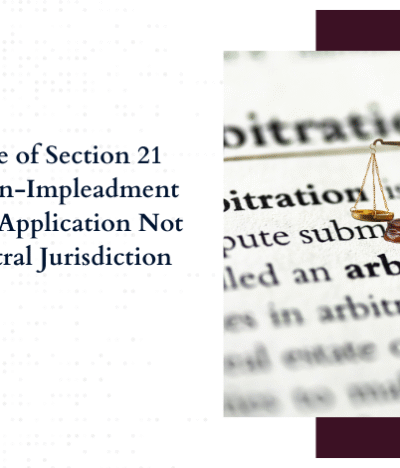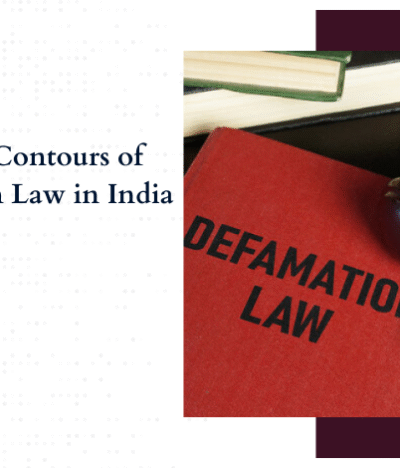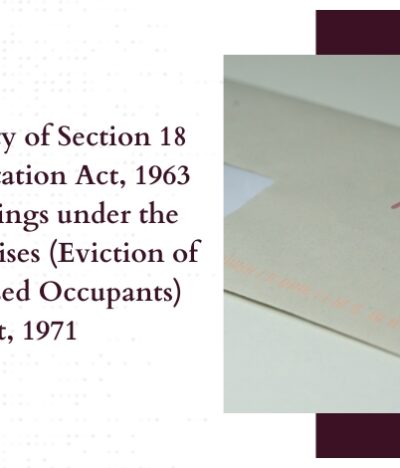On October 31, 2023, the Supreme Court of India delivered a significant judgment in the case of Sanjay Kumar Agarwal v. State Tax Officer, dismissing a series of review petitions challenging the earlier verdict in the ‘Rainbow Papers’ case. The bench comprising Justice A.S. Bopanna and Justice Bela M. Trivedi upheld the principle that government dues must be considered in the resolution plans under the Insolvency and Bankruptcy Code (IBC), 2016.
Background of the Case
The controversy began with the resolution plan of Rainbow Papers Limited, where the State Tax Officer, the appellant, argued that the company’s dues to the state under the Gujarat Value Added Tax (GVAT) Act, 2003, should take precedence. This was contested in the National Company Law Appellate Tribunal (NCLAT), which ruled against the state, stating that Section 53 of the IBC overrides Section 48 of the GVAT Act. The Supreme Court’s order dated September 6, 2022, was reversed, asserting that state dues are to be ranked equally with other secured creditors under the IBC.
Legal Provisions and Arguments
The review petitions were primarily centered around Order XLVII Rule 1 of the Code of Civil Procedure, 1908, and the Supreme Court Rules, 2013, which outline the scope of review petitions. The petitioners argued that the court failed to properly consider the waterfall mechanism under Section 53 of the IBC and other relevant provisions.
Key Arguments
- The petitioners contended that the impugned judgment did not adequately address the hierarchy of claims established under Section 53 of the IBC, particularly the priority given to secured creditors over government dues.
- The petitioners cited a recent judgment by a two-judge bench in Paschim Anchal Vidyut Vitran Nigam Limited vs. Raman Ispat Private Limited and Others, which highlighted the importance of the waterfall mechanism and the need for consistent interpretation of the IBC.
Supreme Court’s Observations
In response, the Supreme Court stated, emphasizing that a coordinate bench cannot comment on the judgment of another bench of equal strength. The court also clarified that even a subsequent decision by a coordinate or larger bench does not constitute grounds for review unless there is a manifest error apparent on the face of the record.
Supreme Court’s Analysis and Decision
The Court thoroughly examined the scope of review under Order XLVII Rule 1 of the Code of Civil Procedure and the Supreme Court Rules, 2013. The court highlighted several key points:
- Scope of Review: A review is permissible only in cases of a mistake or an error apparent on the face of the record. It cannot serve as an appeal to reargue and readdress points already decided.
- Precedent and Consistency: The court emphasized the importance of legal consistency and the binding nature of precedents. A coordinate bench should not comment on or contradict the decisions of another bench of equal strength.
- Consideration of Section 53: The court reiterated that it had indeed considered the waterfall mechanism under Section 53 of the IBC in the original judgment. It referred to specific paragraphs of the judgment where Section 53 and related provisions were discussed in detail.
Based on these observations, the court found no grounds for review and dismissed all the review petitions, reaffirming its original judgment dated September 6, 2022.
Implications of the Judgment
The Supreme Court’s reaffirmation of its earlier judgment has significant implications for the implementation of the Insolvency and Bankruptcy Code (IBC) and the treatment of government dues in the resolution process:
- Priority of Government Dues: The ruling clarifies that government dues cannot be ignored in the resolution plans under the IBC. This means that any resolution plan must account for statutory dues owed to government authorities, treating them as secured creditors under the IBC.
- Impact on Future Resolution Plans: Resolution professionals and committees of creditors must ensure that resolution plans comply with the requirements of Section 53 of the IBC, which includes the priority of government dues. Failure to do so could result in the rejection of the resolution plan by the adjudicating authority.
- Legal Precedence: This judgment sets a strong precedent for future cases involving the interpretation of Section 53 of the IBC and the treatment of statutory dues. It reinforces the principle that statutory dues hold a significant position in the hierarchy of claims during the insolvency resolution process.
- Strengthening the Insolvency Framework: By upholding the inclusion of government dues in the resolution process, the Supreme Court has strengthened the overall framework of the IBC, ensuring that it operates in a manner that respects the claims of all stakeholders, including government authorities.
Conclusion
The Supreme Court’s decision to uphold the inclusion of government dues in resolution plans under the Insolvency and Bankruptcy Code (IBC) solidifies the framework governing insolvency proceedings in India. By dismissing the review petitions against the ‘Rainbow Papers’ judgment, the Court emphasizes the importance of prioritizing statutory dues owed to government authorities, treating them equally with other secured creditors as per Section 53 of the IBC. This ruling ensures a balanced approach to creditor claims, safeguarding the interests of governmental bodies in the insolvency framework.






